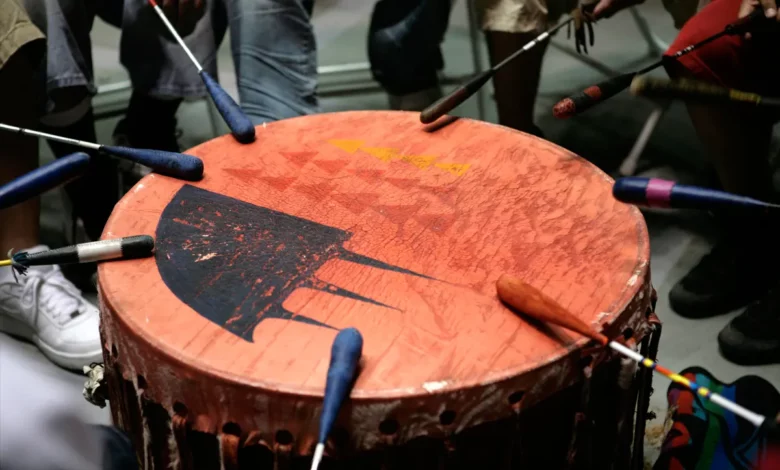
Rhythm and sound are undeniably crucial to every culture in the world; think about how great it feels to jam out to the groove of your favorite song.
One of the most well-known lovers of sound and rhythm are Native Americans. Native Americans have been using drums as part of their ceremonies for thousands of years.
If you’ve never been to a drum circle or powwow, you need to check one out. There is nothing like the feeling of a drum beat transporting you to another world. The drumbeat represents the beating of the Great Mother Earth’s heart.
It’s hard to say precisely how old Native American drums are, but what’s for sure is that they have a rich history. Drums gave Native Americans a way to connect to the gods and have spiritual experiences.
Many Native Americans believed that their drums had the power of lightning and thunder inside. The beating of the drum was meant to get the attention of the gods and communicate with the spirits. It’s safe to say that these drums were essential to their spiritual and social lives.
The basic types of Native American drums
There are so many styles and types of Native American drums that it would take hours to cover them all, but the basics will be enough to get you interested in discovering more.
Almost all Native American drums involve some animal hide and large log or section of a tree. Many times the drums are nearly 2 or 3 feet wide! You’d need a lot of space in your house for one of them these days.
Here are some of the most common Native American drums.
Water Drums
In my opinion, the most interesting of all the Native American drums are the water drums. The Iroquois tribe is known for its small wooden drum that has a tanned hide to beat on. Depending on how much water you put in, and how wet you get the coat the drum produces different sounds.
Another tribe known for its water drums is the Yaqui. Yaqui water drums are made out of a gourd that’s cut in half and is placed in a basin of water. The shaman or drummer hits the gourd with a stick and the vibrations that are produced cause the water to resonate.
Another tribe known for its water drums is the Yaqui. Yaqui water drums are made out of a gourd that’s cut in half and is placed in a basin of water. The shaman or drummer hits the gourd with a stick and the vibrations that are produced cause the water to resonate.
Foot Drums
You don’t see quite so many of these drums around anymore, but Native Americans in California, including the Aztec and Hopi Indians, used them. Foot drums are hollowed out logs placed over wood pits that produce sound when tapping the top of the drum.
Hand Drums
Hand drums are among the most common Native American drums, and it’s likely you’ve seen one before. They come in a variety of types, with the most common being a double-sided hoop drum. The hoop drum has rawhide on both sides and historically was used by the most primitive tribe, Tarahumara Indians.
Many kids these days have had their hands on another popular Native American drum, the Spinner drum. Spinner drums are tiny drums, usually a few inches in diameter, which are held by a pole. On top of the pole sits the rawhide drum with bead strikers on the sides. When you spin the pole, the beads hit the drum and produce sound. They are pretty fun and straightforward to play.
Powwow Drums
If you want to get yourself noticed, try out a powwow drum. These Native American drums are used for drum circles and have a huge voice. Depending on the region, the wood is usually made from cedar.
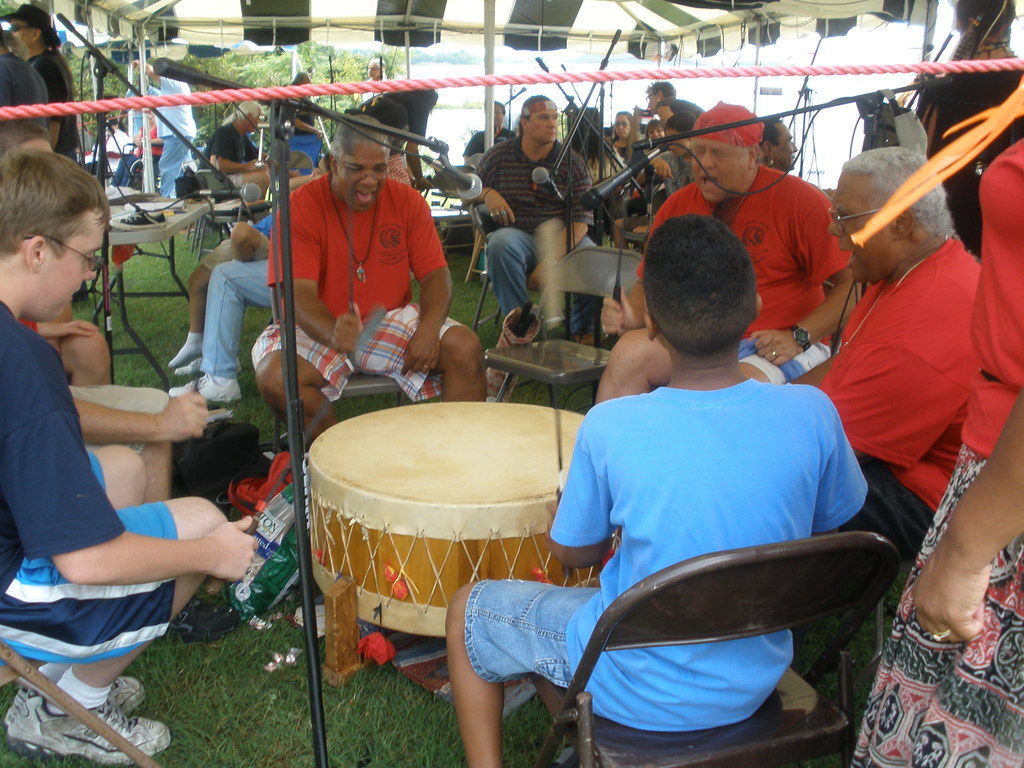
The base of the drum is large, and the head of the drum is buffalo or deer hide. During a drum circle, the powwow drum keeps the beat while the others sing along.
Creation Of Drums
While there are many ways to create a Native American drum, the most common procedure involves a base and animal hide. Logs are hollowed out, and the leather is placed in water for a few hours to soak. Once the hide is pliable, it can be stretched over the surface of the log to dry.
The hide that they stretched over the drum was believed to bring a unique spirit to the drum and came from animals that they hunted for food. Historically the coats came from elk or deer, while today they are usually cowhide.
Even the shape of Native American drums is symbolic, as the circle stands for the circle of earth and life. Native Americans are known for using everything they could from an animal, that’s truly sustainable!
Native Americans also add images to their drums that show their personal feelings and to help them connect to the instrument. The decorations range from shapes and geometric patterns to animals and plants.
The Native Americans use paint made out of berries, roots or other plant material to color their drums. One of the most common forms of this paint comes from red rock. They mix the powder with water to create the iconic earthy red you may have seen before in Native American art.
Ceremonies
With so many styles of drums, you can start to imagine how lively a Native American drum circle or powwow was. Ceremonies serve many purposes in including celebration, communication with spirits and offerings to the creators.
During a ceremony, it is common to find a variety of drums and other instruments, depending on the purpose of the ritual.
Peyote Ceremonies
Widely considered to be a Schedule 1 drug by law, peyote is allowed for use by members of the Native American Church. Long before US law had any say though, Native Americans were participating in peyote ceremonies.
During a peyote ceremony, the tribe ingests the psychedelic drug and sits back to the beating of the drum.
While they experience a deep spiritual connection from the peyote compounds, the drum beats help bring them further into themselves and the spirit. I’d imagine a ceremony such as this is undoubtedly fascinating and mind-blowing.
Powwow
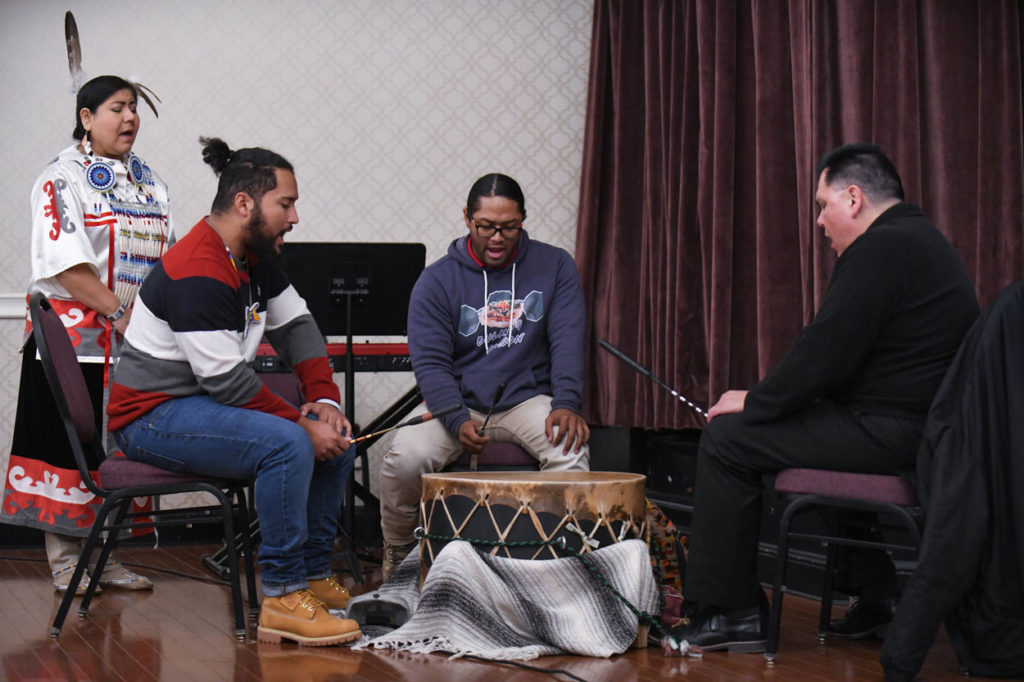
During a Powwow, all members of the circle sit outside the drum and let the sound wash over them. Babies are often brought to powwows, as the beating of the drum resembles the heartbeat of the womb.
Powwows were used for celebration, social events and during times of stress when they needed a helping hand from the spirits.
Healing Ceremonies
In these ceremonies, drums were used to carry the beats and prayers to the gods in hopes of healing. The dance and song that is supported by the drum are believed to open a channel of communication between the human realm and spiritual.
There are plenty of places you can find Native American drums, and you can even make one yourself. There are usually local drum circles posted on social sites and at Native American sacred spots. A drum circle can be a life-changing experience, and if nothing else the music is terrific.
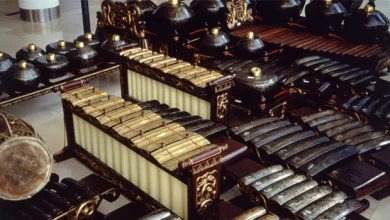

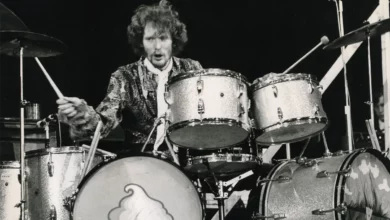
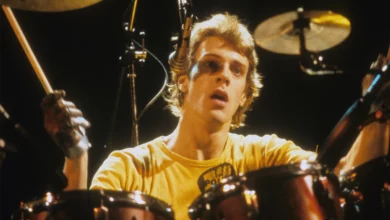
I am curious. Have Native Americans been using drums for as long as you claim? I have read that the Native Americans used logs or would stomp and hit the ground for beat. This has been written of by explorers hundreds of years ago and It is a well know fact. Drums only came later with the mingling of peoples and introduction of drums and many innovations by the Europeans
0
This is very incorrect, and quite honestly offensive. Drums are not a European invention and yes, before Colonization to the America’s we were indeed using them in our communities (as well as building cities with sophisticated agriculture that were adopted by Europeans)
0
Well said Chiffon Lark
0
White egocentrism strikes again! Shameful!
0
Evidence of drum use has been traced to originations to the Asian continent around 5,500 years ago. From this point debating which country the drum originated in is a bit silly. But yes, seems like people should do some research before claiming European colonizers introduced the drums to the North American continent because that statement is inaccurate and could easily offend cultures that those claims directly discredit the history of their ancestry.
0
Nick, amazing work here, my man.
I am studying to obtain my certification as drum therapist for Veterans with PTSD and Dementia.
I wondered if you know of outlet or charity which can help with loans, leases, or donations for standing drums, hand drums, or floor drums, and stikers, to start our group in Crestline CA?
0